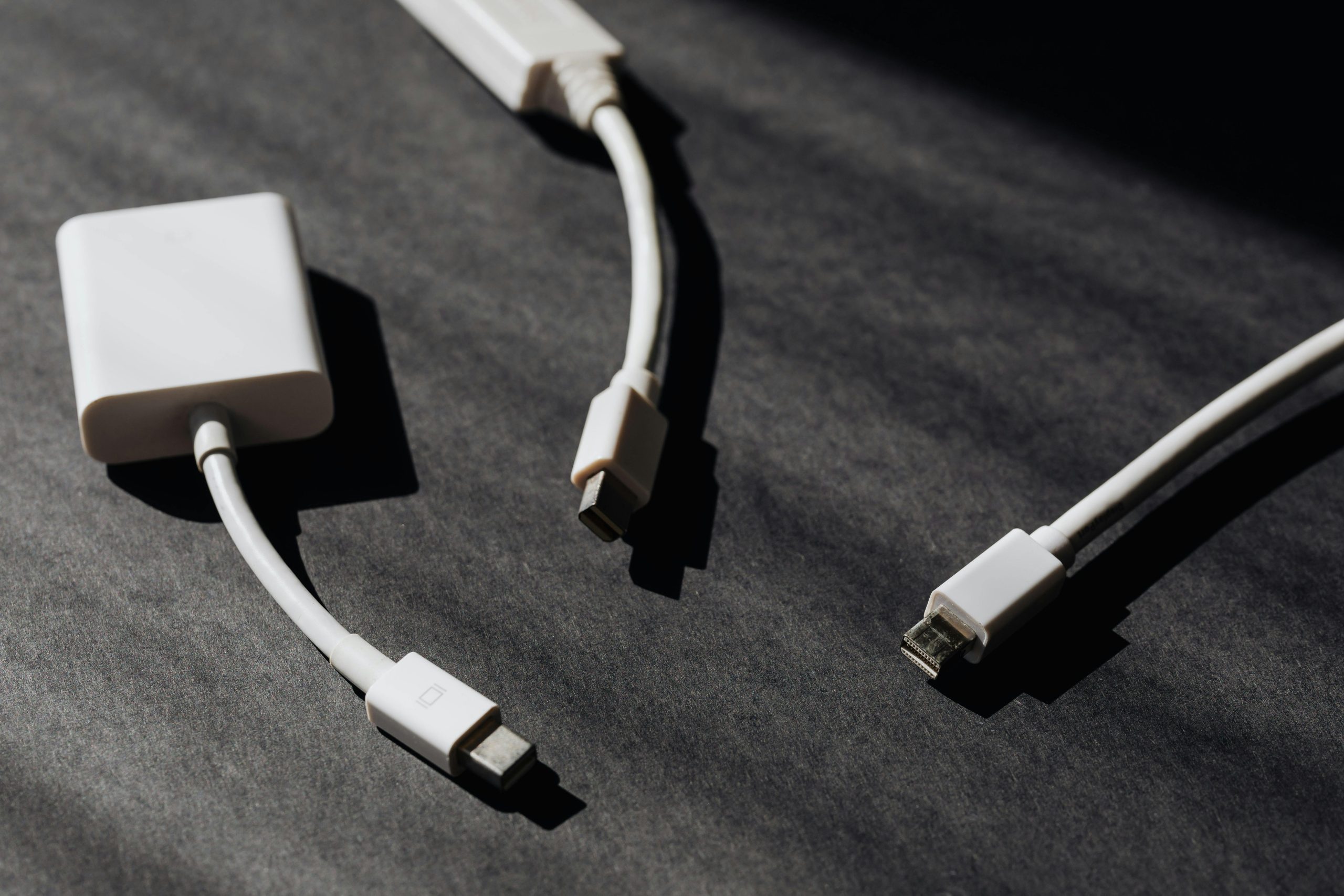Troubleshooting Persistent Network Adapter Disconnection Despite Power Settings Configuration
Introduction
Network connectivity issues can be disruptive, especially when they stem from hardware components that do not behave as expected. One common challenge is when a network adapter inexplicably turns off or enters a low-power state despite user-configured settings to prevent such behavior. This article explores potential causes and solutions for ensuring that a network adapter remains active, even when system sleep and power management configurations are set to keep it operational.
Understanding the Issue
In certain scenarios, users report that their network adapters fail to stay active, disconnecting or entering power-saving modes regardless of adjustments made in system settings. Typical symptoms include network disconnections during idle periods, or the adapter turning off despite configurations instructing it to remain on.
Common Configuration Steps and Challenges
Here are the standard methods users might employ to prevent a network adapter from turning off:
- Device Power Management Settings:
- Navigating to the adapter’s properties in Device Manager.
- Unchecking the box labeled “Allow the computer to turn off this device to save power.”
-
Ensuring “Allow this device to wake the computer” is enabled if wake features are desired.
-
BIOS/UEFI Settings:
- Enabling “Wake on LAN” or similar features to allow network-based power management.
-
Confirming any related settings do not enforce strict power-down on network devices.
-
Group Policy Configurations:
-
Applying policies that prevent devices from entering low-power states during standby or sleep modes.
-
System Power Options:
- Setting the system’s sleep mode to “Never.”
- Adjusting advanced power plan settings to keep devices active during various power states.
Despite these measures, the issue may persist. The network adapter could still be entering a low-power state or disassociating from the network unexpectedly.
Potential Causes and Additional Troubleshooting Steps
When standard configurations do not resolve the issue, consider the following factors:
-
Driver Compatibility and Updates:
Outdated or incompatible drivers can cause abnormal power management behavior. Updating the network adapter driver to the latest version may resolve conflicts. -
Power Plan Conflicts:
Duplicate or conflicting power plan settings can override manual configurations. Verify that the active power plan does not have settings that conflict with your desired behavior. -
Third-Party Software:
Security or network management tools may enforce their own power settings or disconnect rules. Temporarily
Share this content:

